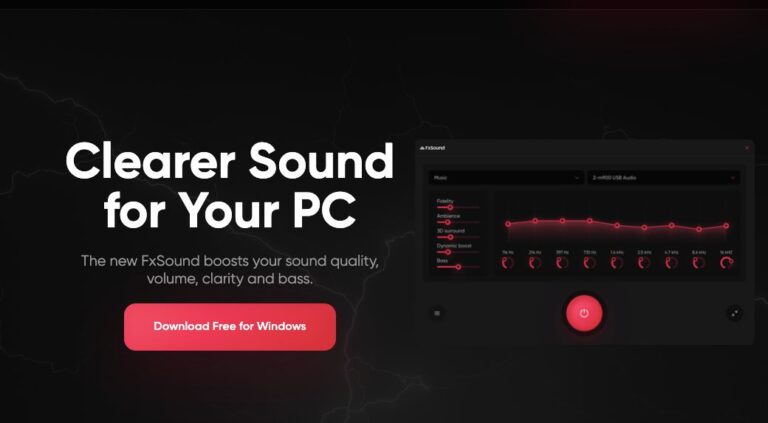

The HD Audio class function driver, which I shall now refer to as the Audio Class driver, uses various hard-coded default values that cannot be customized for any particular PC.

Note The process described here can only be used if the default Microsoft HD Audio driver is being used.īy default, the HD Audio class function driver sets the audio volume and the microphone boost levels at predetermined values to ensure a pleasant “out of the box” experience for the user. You can select the “Bass” preset from the dropdown menu as a good starting point for a boosted bass.The ability to customize the in box HD audio default audio volume and microphone boost levels to suit a specific PC, provides OEMs with some flexibility in their audio adapter installation parameters. Tip: If you’re unhappy with your changes, you can always set everything back to default by clicking “Reset”. You can even use the Bass preset as a starting point for your manual configuration. While you can adjust the sliders manually, you could instead use the drop-down box to select the “Bass” equaliser preset. You can manually adjust the sliders to configure the bass boost. You don’t need to save your setup as a user-defined preset, but you can choose to do so if you want. Tip: The sound will change in real-time as you adjust the sliders, so having sound playing as you adjust them will really help you understand the effects the changes you make have. All of the numbers are in Hz, pronounced “Hertz”, with lower numbers representing a deeper sound. With the Graphic EQ, short for Equaliser, you can manually adjust the volume levels for specific frequencies. Switch to the “Enhancements” tab, then tick the box next to “Equalizer”, then click on the triple-dot icon in the bottom-right corner. In the Properties window, switch to the “Enhancements” tab, then tick the box next to “Equalizer”, then click on the triple-dot icon in the bottom-right corner.

Switch to the “Playback” tab, then right-click on the output device you want to configure and select “Properties”. Tip: You can only configure the equaliser for one output device at a time, so make sure it’s the one you’re currently using and that you manually apply it to your other devices if you want it there too. In the Sound settings, switch to the “Playback” tab, then right-click on the output device you want to configure and select “Properties”.

Right-click on the volume icon in the bottom-right, then click on “Sounds”. To do so, right-click on the volume icon in the system tray in the bottom right corner of the start bar and select “Sounds”. You can use Windows’ built-in equaliser to boost the bass of your speakers.


 0 kommentar(er)
0 kommentar(er)
